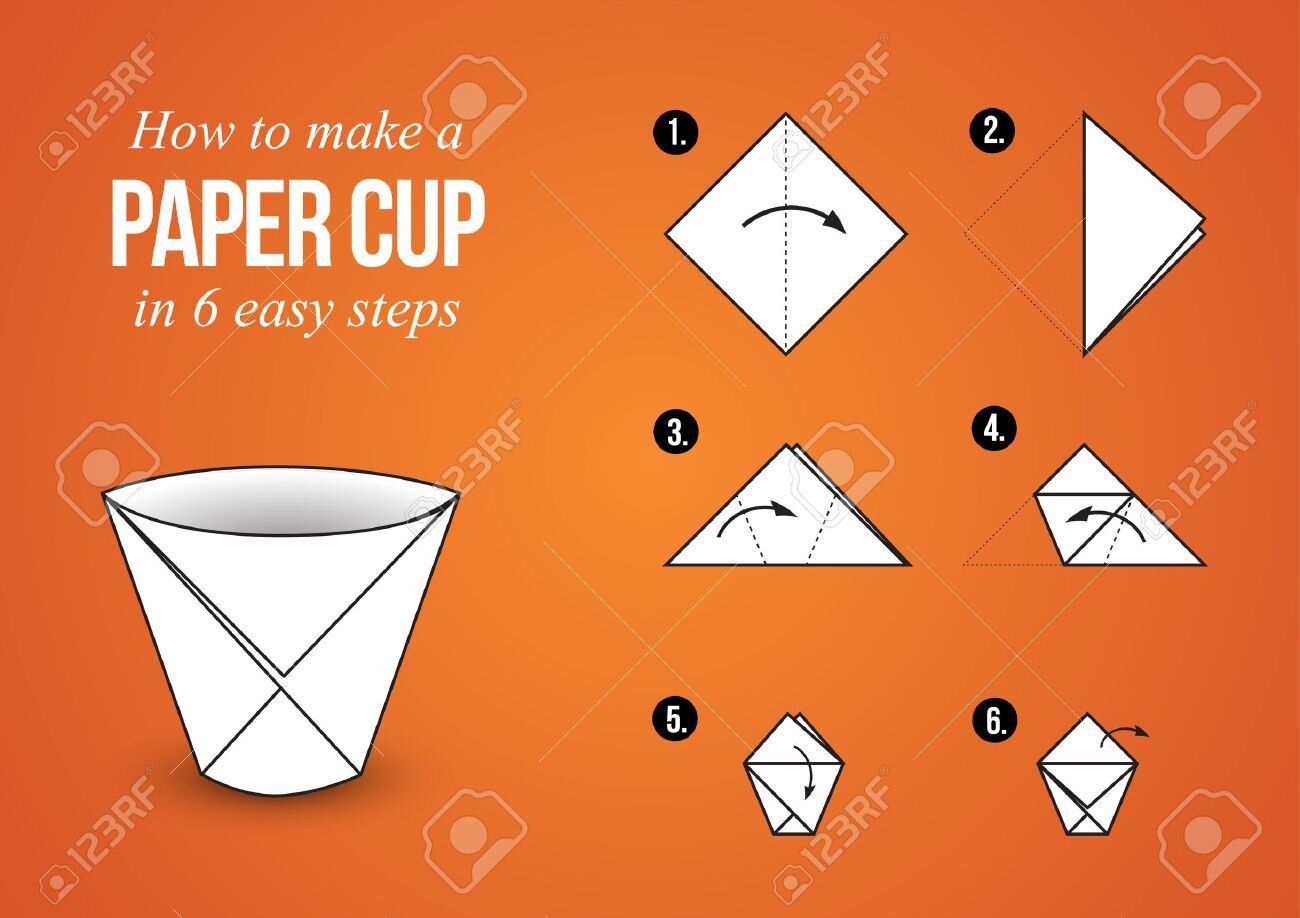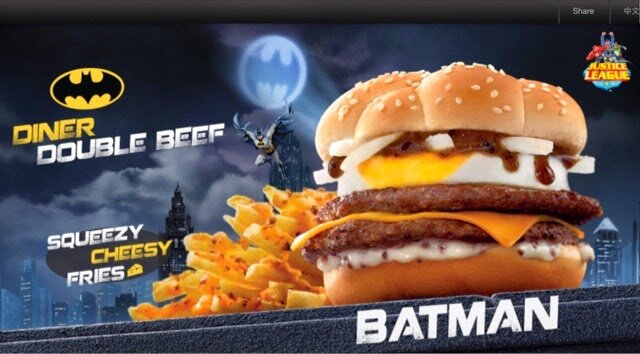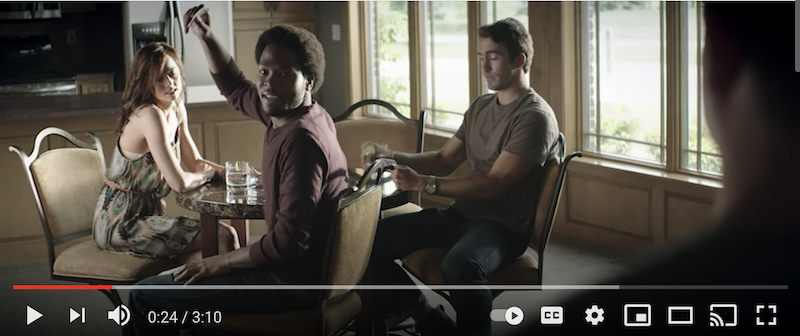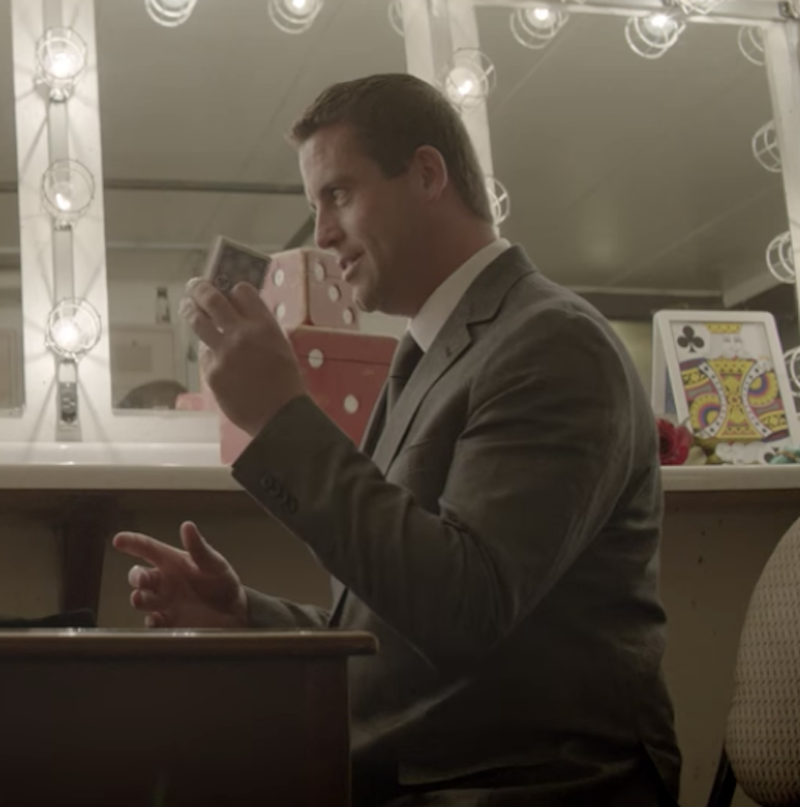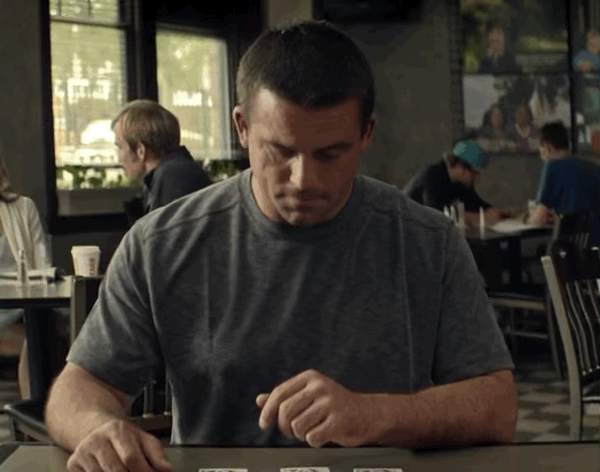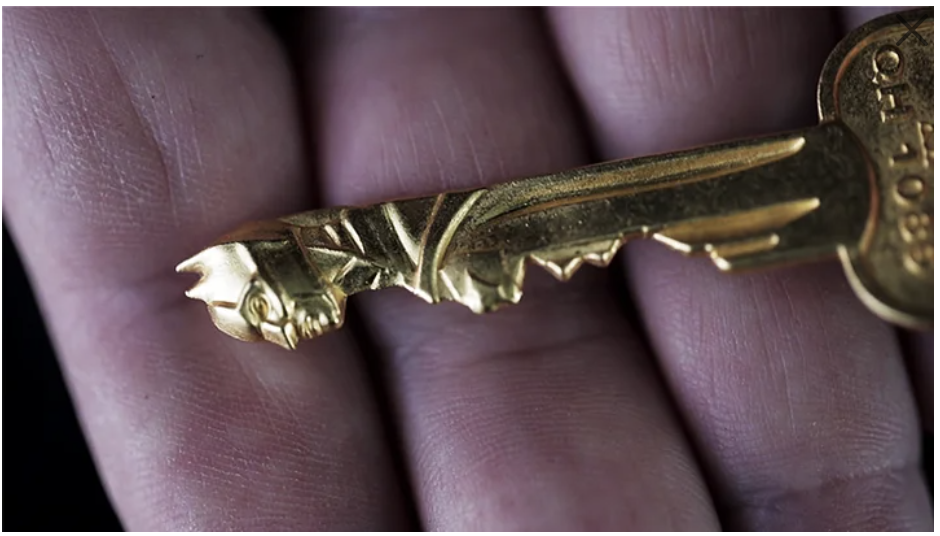Dustings #46
/In Penn and Teller’s book, How to Play With Your Food, they introduced a game called, “The Parsley Game.” This game is played in a restaurant and involves trying to get the parsley garnish from your plate onto your friend’s without them noticing. I used to play this with people in high school whenever we went out to eat. Then, like 15 years ago, restaurants were like, “Remind us again why we bother putting parsley on plates?” And, with no suitable answer, parsley seemed to vanish from restaurant plates altogether.
Well, I have another game for you to play with your friends that restauranteurs can’t take away from. It’s called the Sexual Psychology Game. I got the idea from the “pick-up artist,” Mystery. Mystery was a guy whose answer to the question, “How do you meet women?” is, “Well, a big fuzzy hat don’t hurt!”
Watch the short video below of Mystery talking about his affinity for magic. Pay special attention to how he says, “sexual psychology” about halfway through. It is seriously corny.
Now, much like the Parsley Game involved slipping your parsley onto someone else’s plate without getting caught, the goal of the Sexual Psychology Game is to slip that phrase into conversation before your friend can stop you. The rules are that you have to insert it into a list and you have to give that beat pause that Mystery gives before he says it. If you get the phrase in before they can stop you, you win. If they anticipate you’re about to say it and they stop you or say it themselves during that pause, they win. Obviously this is a game that the other person has to know is happening, or it’s a little easy to win.
In practice, what it goes like is this. You’ll say something like, “I’m going to pick up some food for poker tonight. I’ll get pizza, chips, wings…sexual psychology,” and you cap off your win with Mystery’s knowing smirk.
If your friends pounce during the pause and stop you from saying the phrase, then they win. It’s especially fun if you have some money riding on it.
The game is sweeping the nation. Have fun.
Pete McCabe sent me this M.C. Escher quote that goes along nicely with the subject of Hitches as discussed on this site recently.
The element of mystery to which he wants to call attention must be surrounded and veiled by perfectly ordinary everyday self-evidences that are recognizable to everyone. That environment, which is true to nature and acceptable to every superficial observer, is indispensable for causing the desired shock.
—M. C. Escher
The most evident example of this sort of thing is in regards to odd props. If you have some weird box with dragons on it that you slide a coin into in order to make it vanish, you may fool people, but you probably won’t capture their imaginations with that sort of mystery.
But a lot of people who are quite cognizant of the fact that we should ideally use everyday objects in our magic seem to have no problem using questionable logic, questionable actions, questionable (often meaningless) premises. And my point is simply that these things have the exact same effect as the questionable prop. They cause your audience to disconnect from the effect because they have to start excusing or overlooking things they’re seeing. At that completely undermines powerful magic.
Here’s an idea for Penguin or Vanishing Inc or whoever wants to take it.
An In-House Gimmick Maker
For a certain segment of the magic-buying public, it’s very annoying to buy a trick and then find out you need to construct the gimmick as well. A lot of us don’t want to split cards or sew with that elastic thread and that sort of garbage.
So, what would be nice, is if I buy something from your company, I would have the added option of buying the completed gimmick (at the same time or at a later date). That would make me more inclined to buy the original product from your shop and it would be an additional revenue source.
And it should be a win-win for everyone involved, because a gimmick that might take me 60 minutes to construct poorly, might take a more crafty individual with practice at building that particular gimmick 20 minutes to build well.
And it’s not like you have to house these individuals in a sweatshop, cranking out floating matches and peeing in diapers because they don’t get bathroom breaks. They could work from home. They could pee in a diaper from home.
I’ve received a few emails about the 50-Piece Interaction Toolkit from my last post. Most asking what other types of things I might consider adding to the toolkit. I don’t really know. The idea is simply just that you should keep a list of the type of information you want to have facility with. Not every example of that type of information, of course. But a little basic toolkit that you look over and update from time to time so that you’re never completely just relying on plucking something from your memory. The toolkit is there for when your memory fails you.
As far as what other types of information you might put in there, that’s going to depend on your interests. 5 short poems, 5 favorite quotes, 5 life hacks, 5 interesting facts, 5 obscure sexual positions, 5 bible verses, 5 simple songs on acoustic guitar, or whatever.
This isn’t a place for your true passions in life. If you’re a priest you’re not going to track 5 bible verses. If guitar is your primary hobby, you’ll probably know more than 5 songs.
What this is, is a mental “junk drawer” for the stuff that might come in handy, but for which you have no current system to organize and remember that information.


